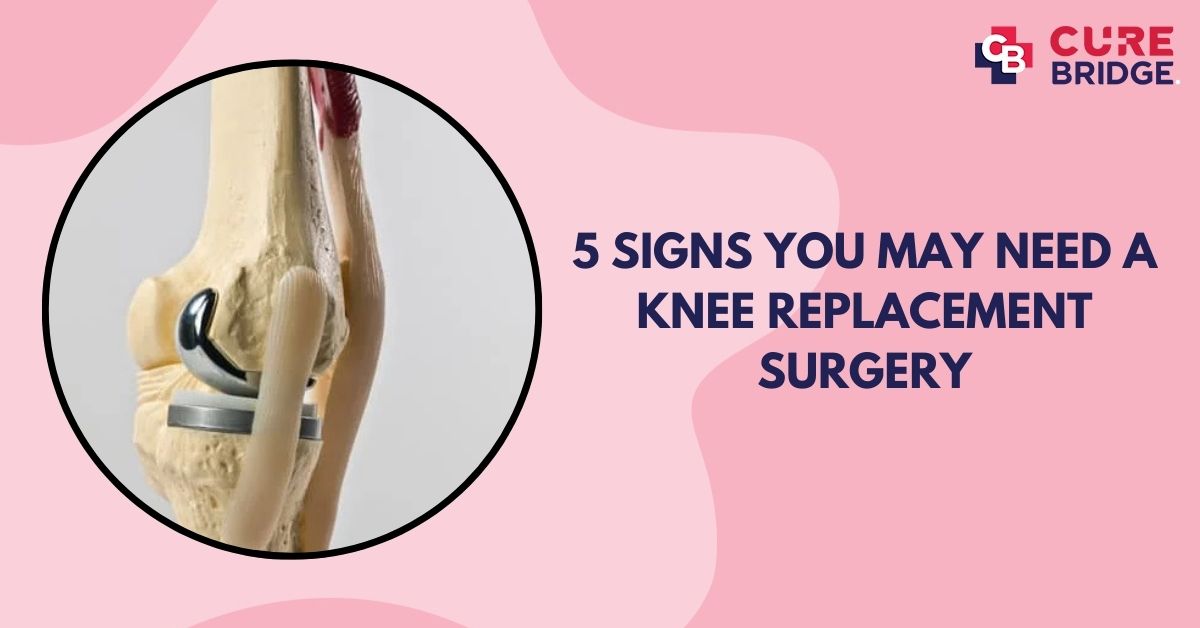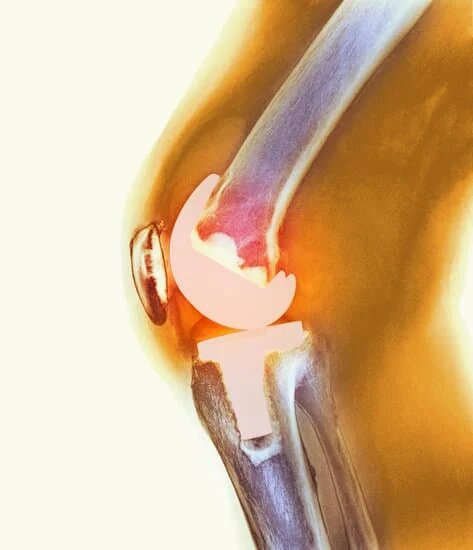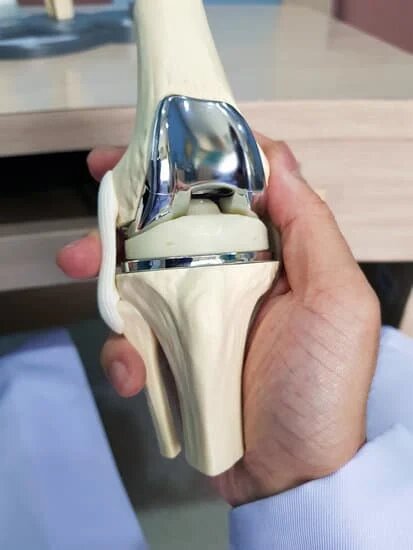
5 Signs You May Need a Knee Replacement Surgery
Knee pain can be incredibly frustrating and limit daily activities, from walking to simple tasks. While some knee issues can be managed with physical therapy, medications, or lifestyle changes, there comes a time when knee replacement surgery becomes the best option for long-term relief. But how do you know if your knee problems have reached that point? Here are five key signs that indicate it may be time to consider knee replacement surgery.

-
Persistent and Severe Knee Pain
Ongoing, severe pain is one of the most telling signs that a knee replacement may be necessary. If your knee pain is constant—even when you’re resting—it could indicate advanced arthritis or structural damage. Osteoarthritis, rheumatoid arthritis, and post-traumatic arthritis are common conditions that cause the cartilage in the knee to wear away, leading to bone-on-bone contact. This friction results in intense pain and inflammation that may no longer respond to conservative treatments like anti-inflammatory medications or physical therapy.
A key question to ask yourself: Does your knee pain wake you up at night or make it difficult to sit for long periods? If the answer is yes, it may be time to discuss knee replacement surgery options with an orthopaedic specialist.
-
Limited Mobility and Stiffness
If you struggle to bend or straighten your knee, it could be a sign of significant joint deterioration. Advanced arthritis leads to joint stiffness, making movements difficult. Therefore, daily tasks like climbing stairs, getting out of a chair, or walking short distances can become challenging.
A “stiff knee” is often the result of cartilage loss and bone spurs forming around the joint. When the knee’s range of motion becomes severely restricted, it can affect posture and overall mobility, putting added stress on other joints like the hips and lower back. If your knee is locking, catching, or buckling under pressure, these are strong indicators that the joint is unstable and may need knee replacement surgery.
-
Swelling and Inflammation That Won’t Go Away
Swelling in the knee is a common response to injury or arthritis, but when it becomes chronic and doesn’t respond to treatments, it can signal a serious underlying issue. Persistent swelling is often due to synovitis (inflammation of the joint lining) or an excessive buildup of synovial fluid. This ongoing inflammation can make movement painful and significantly reduce the function of the knee.
If you frequently ice your knee, take anti-inflammatory medications, or undergo corticosteroid injections with little to no relief, it may be time to consider knee replacement surgery. Chronic swelling indicates that the joint is in a degenerative state and may not heal on its own.
-
Reduced Quality of Life
Your quality of life matters. If knee pain is stopping you from doing the things you love—whether it’s exercising, travelling, or simply spending time with loved ones—it may be time for a knee replacement. Many people put off surgery because they fear the recovery process, but delaying too long can make things worse.
Tracking your activity levels is a good way to gauge whether your knee issues are significantly affecting your lifestyle. If you avoid social outings, struggle with daily chores, or feel mentally exhausted from dealing with chronic pain, these are strong indicators that your knee condition is impacting more than just your mobility.
-
No Relief from Non-Surgical Treatments
Before recommending surgery, doctors typically explore non-surgical treatments such as:
- Physical therapy
- Anti-inflammatory medications
- Corticosteroid or hyaluronic acid injections
- Lifestyle modifications, including weight loss and low-impact exercises
However, when these methods no longer provide relief, surgery may be the best long-term solution. Many patients try different therapies for months or even years before realizing that their knee function is not improving. If your doctor has exhausted all conservative treatments and your knee condition continues to worsen, knee replacement surgery may be the best step toward regaining mobility and reducing pain.
What Happens During Knee Replacement Surgery?
Knee replacement surgery, also known as total knee arthroplasty (TKA), involves replacing the damaged portions of the knee joint with artificial components made of metal, plastic, or ceramic. The procedure typically takes a few hours, and most patients stay in the hospital for 1-3 days before beginning rehabilitation.
A partial knee replacement may be an option if only one part of the knee is affected, but most people with advanced arthritis require a total knee replacement. The goal is to restore function, reduce pain, and allow patients to return to their normal activities.
Life After Knee Replacement
Recovery from knee replacement surgery varies from person to person, but most individuals experience significant pain relief within a few weeks. Also, physical therapy is a critical part of the recovery process, which helps patients regain strength, flexibility, and stability in their new joint.
Many people who undergo knee replacement surgery report a major improvement in their quality of life. Activities that were once difficult or impossible—like walking long distances, playing sports, or dancing—become enjoyable again.

Final Thoughts
Recognizing the signs that you may need a knee replacement is crucial for taking the right steps toward treatment. While the decision can be overwhelming, consulting with an orthopaedic specialist will help you understand your options and guide you toward the best solution for long-term relief.
Cure Bridge is more than just a healthcare platform; it’s a partner in your journey to better health. From helping you find the right doctor to providing seamless travel and insurance processes, Cure Bridge combines expertise, compassion, and technology to redefine healthcare solutions. Visit us today and take the first step towards a healthier tomorrow.
